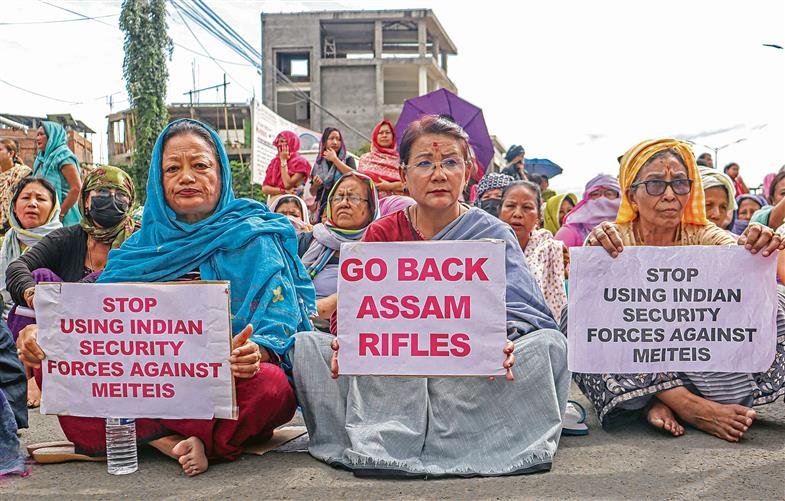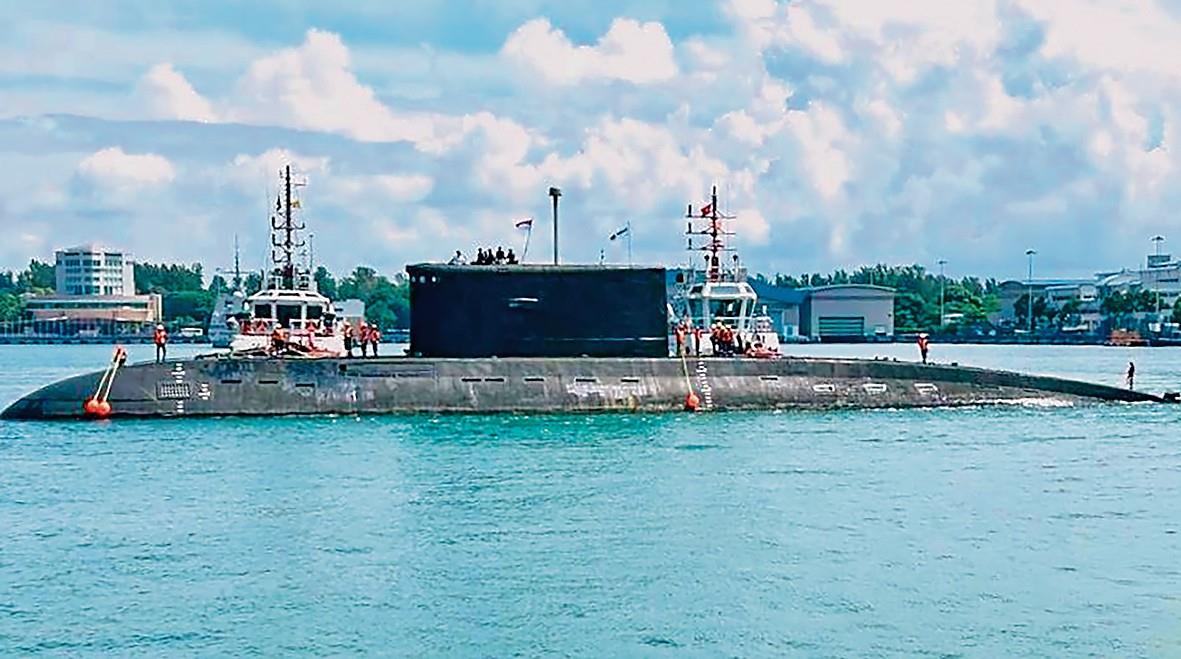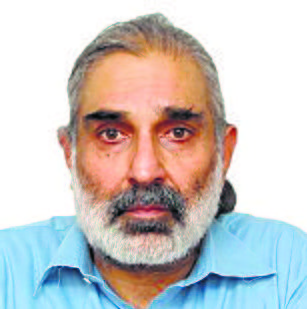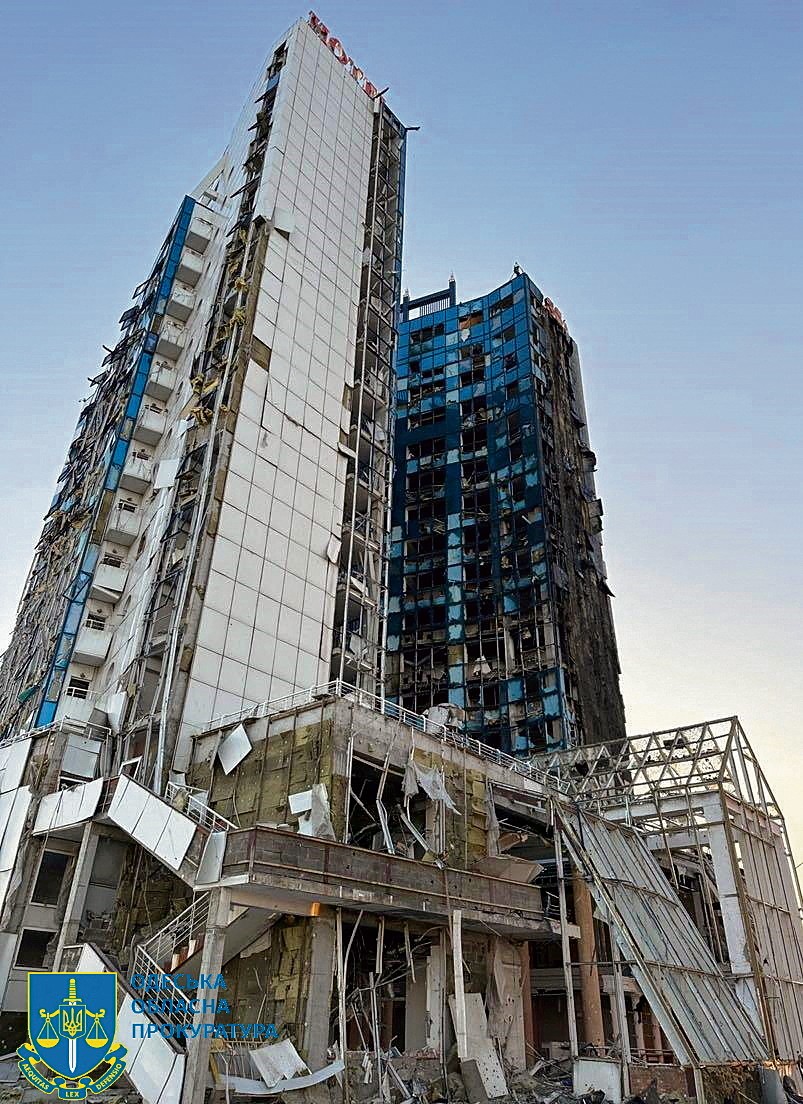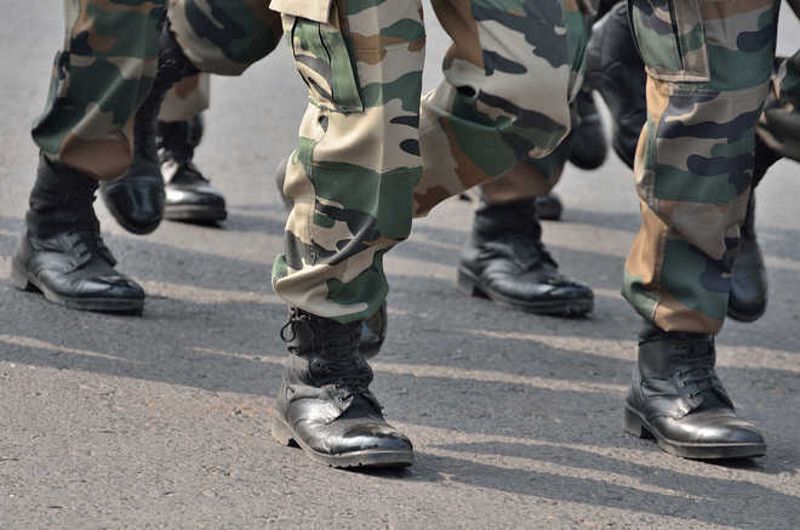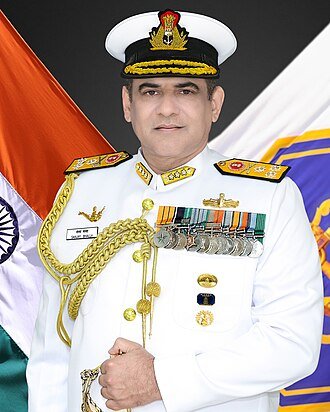The construction of Likaru-Mig La-Fukche road in south-eastern Ladakh is expected to take about 3 years, say BRO sources
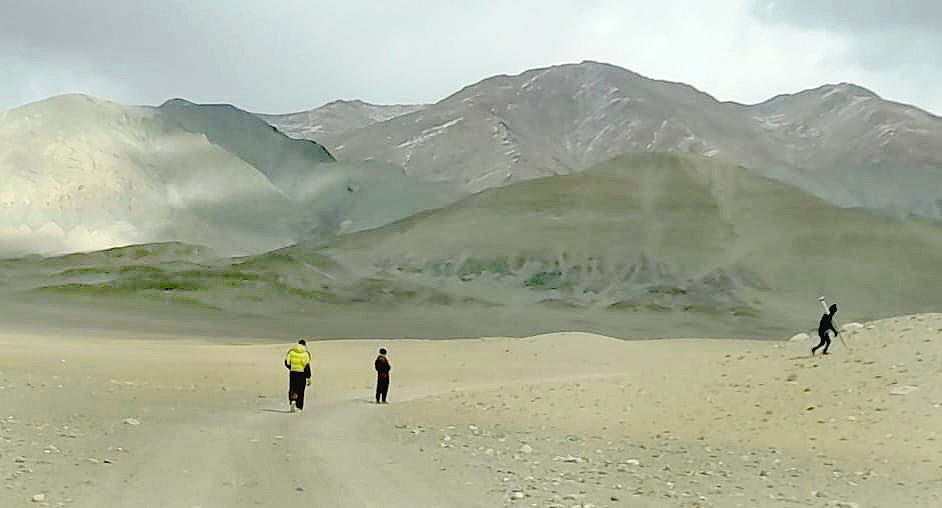
Vijay Mohan
Chandigarh, September 25
The Border Roads Organisation (BRO), tasked with building and maintaining road networks along the frontiers, has set about breaking its own record of building the world’s highest motorable road in Ladakh, which is of immense strategic importance.
On August 15, it began construction of the Likaru-Mig La-Fukche road in south-eastern Ladakh, which touching at altitude of 19,400 feet will be higher than the Chishumle-Demchok road over the 19.024-foot-high Umling La.
“The works are being executed by BRO’s Project Himank based at Leh and the Border Roads Task Force responsible for the construction is headed by a woman officer, Col Ponung Doming,” Lt Gen Rajeev Chaudhary, Director-General Border Roads, said during a visit to Chandigarh.
A civil engineer, she belongs to Arunachal Pradesh and was commissioned into the Corps of Engineers in 2008. She also served with the United Nations Peacekeeping Force in Congo during 2014. The task force she is presently commanding also has several other women officers on its strength.
BRO sources said that the construction of the road is expected to take about three years, for which a budget of about Rs 520 crore has been earmarked. The area receives heavy snowfall with temperatures dipping to minus 10-20 degrees Celsius in summers and up to minus 40 degrees in winters.
“The terrain there is very tough and the work is very challenging,” Brig Gaurav Karki, Chief Engineer, Project Himank, said. Limited working season due to heavy snow, low temperature, vagaries of the weather, tough driving conditions and long travel hours are constraints faced by the BRO in high-altitude areas.
Raised in 1985, Project Himank’s jurisdiction covers eastern Ladakh and it has constructed some of world’s highest motorable roads across the Khardung La, Tanglang La and Chang La passes.
Umling la, which at present holds the Guinness World Record for the highest motorable pass in the world, was opened by Himank two years ago. A coffee mug with a picture of the certificate imprinted on it is available for sale as a souvenir at a café run by the BRO at the pass. Visitors can also get a signed certificate from BRO mentioning their visit to the pass.
The 64-km-long Likaru-Mig La-Fukche road will link up with the existing Chushul–Dungti–Fukche-Demchok road that runs almost parallel to the Line of Actual Control (LAC), and will reduce the time to reach the LAC in the Demchok Sector, which witnesses a lot of Chinese activity.
The IAF maintains an advance-landing ground (ALG) at Fukche, just about 3 km away from the LAC, which is capable of handling tactical transport aircraft. ALGs are temporary airfields having an unpaved airstrip with little or no support infrastructure and navigation facilities.
Another ALG exists at Nyoma, about 45 km to the north-west as the crow flies, which in about two years’ time will be upgraded by the BRO to a full-fledged airbase. Once complete, it will be the world’s highest fighter aircraft base.
According to experts, the Indus River enters India from Tibet at Demchok in south-eastern Ladakh and defines the border. It flows between the Kailash range and Ladakh range for 75 km before turning west at Dungti, which is about 55 km south of Chushul.
A track runs along the Indus from Dunfti to Kyol in the south, which is connected to the Nyoma–Hanle–Nerbole –Chumar road, which at present was the only road axis leading to Demchok. The new road will provide an additional route connecting the Chumar and Hanle region to the Indus Valley, allowing better access to these areas.
The military significance apart, the new road would also have socio-economic spin-offs for the civilian populace of the region, providing them easier access to the mainstream and giving a fillip to development.
While Mig La would emerge as the highest motorable pass in the world, there are other passes in the Himalayas at higher elevations, but are either just trekking routes or located in inaccessible and uninhabited areas.
The Kalindi Pass in Uttarakhand, for example, is at an altitude of 19,521 feet and connects Gangotri with Ghastoli in the Garhwal Himalaya. It is well known among adventure enthusiasts.








